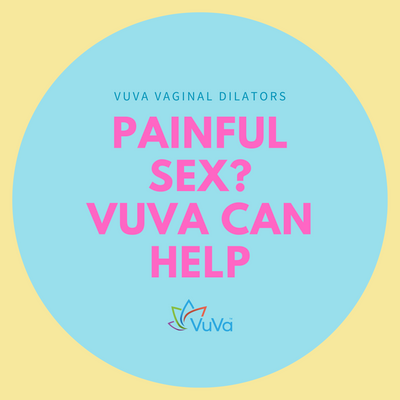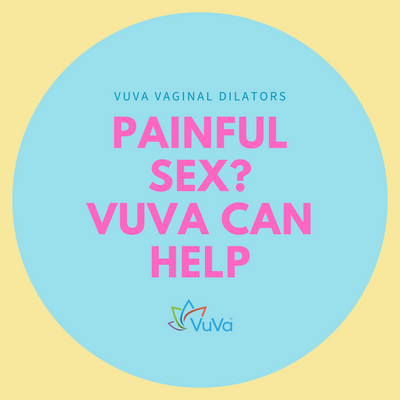
| Tara Langdale
5 Treatment Options for Pelvic Inflammatory Disease
What is Pelvic inflammatory disease (PID)
Pelvic inflammatory disease (PID) refers to a range of infections that can cause damage and dysfunction in the endometrium (womb lining), ovaries, fallopian tubes, and the membrane that lines the abdominal cavity (the peritoneum). The most common cause of PID is sexually transmitted infections; for instance, untreated chlamydia is responsible for around 15% of cases of PID. However it can also develop due to recurrent bouts of bacterial vaginosis (BV).
Delayed diagnosis and treatment can lead to various complications, from chronic pelvic pain to damaged reproductive organs, infertility and ectopic pregnancy. Since PID is caused by an underlying infection, it is always necessary to treat this infection first and foremost, and as soon as possible. When the infection has already progressed to PID, other more invasive treatment methods may be required. The treatment options for pelvic inflammatory disease vary dependent on what stage the PID has reached.
Diagnosing pelvic inflammatory disease
When symptoms of PID do occur, they include:
- Abdominal pain
- Painful sex (dyspareunia)
- Pain when urinating
- Irregular periods
- Signs of infertility
It is important to get an accurate PID diagnosis, but that isn’t always an easy task since there is no single test that can do so. Therefore your Doctor may conduct various examinations in order to come to a conclusion, including:
- Symptoms you are experiencing
- Medical history, including birth control, sexual history and STIs
- Your pelvic region, through a physical exam designed to pinpoint soreness or swelling
- Vaginal and cervical swabs may be required (to check for STIs)
- An ultrasound may be recommended
- Your blood or urine, through various tests
Should it still be unclear whether you have pelvic inflammatory disease after this point, your Doctor may recommend a microsurgical procedure to view your pelvic organs or take tissue samples, such as a laparoscopy or endometrial biopsy.
If you have not yet been diagnosed with PID, but you experience severe pain in your lower abdomen along with nausea or vomiting, and/or fever and unpleasant vaginal discharge, you should get to the emergency room immediately.
Treatment options for pelvic inflammatory disease
It is of vital importance that you seek treatment for PID as soon as you possibly can - if it is suspected, even before you get a positive STI test result. That’s because just three days of untreated PID can triple your risk of infertility and ectopic pregnancy. Pregnancy complications are common in women who have (or have had) PID, so it is crucial that you get treatment before getting pregnant.
If scarring or damage to the reproductive tract occur it may be difficult, if not impossible, to successfully treat this later. Untreated PID has also been linked to an increased risk of ovarian cancer (especially for Asian women).
Treatment options for pelvic inflammatory disease depend on the stage the condition has reached, so we will address treatment according to that factor:
- Treating the underlying infection with antibiotics
When treating the infection behind your PID, most of the time you will be offered antibiotics, or a combination of antibiotics. Once test results confirm a specific infection, your Doctor might offer you something more specific to that infection. If it happens that you have acute PID, or the antibiotics you’ve taken haven’t worked as well as they needed to, you may need to attend hospital for intravenous antibiotics.
Please note that the antibiotics given to treat PID won’t do anything to treat the internal damage PID has caused, although they may be able to prevent further damage from occurring.
Although drugs including antibiotics and hormones are often used to treat of PID, they can bring about a range of adverse effects (for example, antimicrobial resistance and a limited effective duration of hormones).
- Treating PID or underlying infections naturally
If you are concerned about taking antibiotics, there are natural remedies available to treat PID and its underlying infections, such as Chinese medicinal herbs. A study published in the International Journal of Medical Sciences concluded that medicinal herbs Cortex Phellodendri and Humulus japonicus reduced various inflammatory aspects of PID but with no adverse clinical signs.
- Treating PID-related pelvic pain
Even after your PID treatment is complete, it is possible to experience pelvic pain due to adhesions and scar tissue. Chronic pain treatments may include various painkillers, pelvic floor physical therapy, acupuncture, TENS (transcutaneous electrical nerve stimulation), or trigger point injections.
In serious instances, surgery may be needed to remove the adhesions, but even this is not guaranteed to bring permanent pain relief.
- Treatment of PID related infertility
PID can lead to infertility due to blockages in your fallopian tubes. When only one tube is blocked, you still may be able to conceive naturally. However if both are blocked or you have thick adhesions between the fallopian tubes and ovaries, it might be necessary to seek IVF treatment. When IVF is combined with embryo transfer (ET), your chance of success is heightened.
- Treatment for blocked tubes, abscesses or adhesions
Surgery may be required if both fallopian tubes are blocked, one or more dilates and fills with fluid (hydrosalpinx), or you have an abscess on a fallopian tube or ovary. If only one tube is removed, your chances of conceiving may rise.
Fortunately, many PID-related issues can be treated with microsurgery rather than traditional laparotomy. Microsurgery (such as laparoscopy) is less invasive but still has good success rates, especially with reconstructive infertility operations.
The bottom line is that PID and the infections that cause it should be treated as early as possible so that it does not cause further complications or pain conditions later in life. We hope you found this article informative; if so, please check out the VuvaCare blog for advice on all kinds of sexual health issues.
Resources
Aafp.org/afp/2019/0915/p357.html
Pubmed.ncbi.nlm.nih.gov/28342087/
Pubmed.ncbi.nlm.nih.gov/6227744/
Ncbi.nlm.nih.gov/pmc/articles/PMC5562126/













